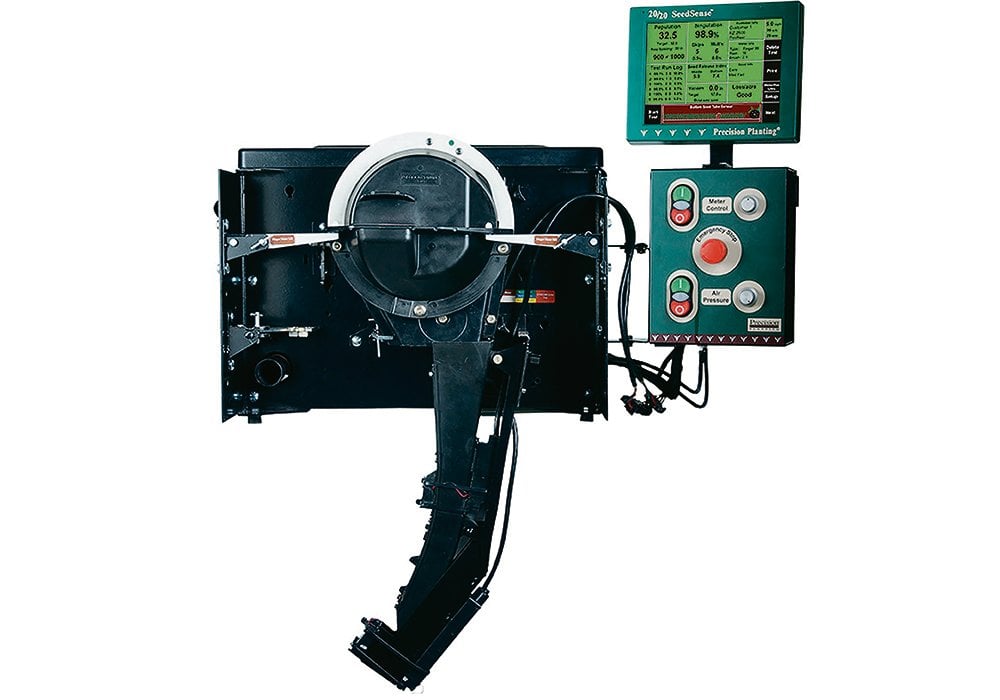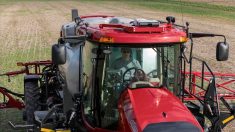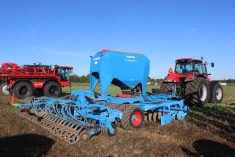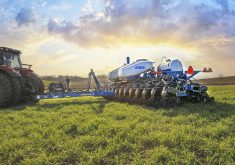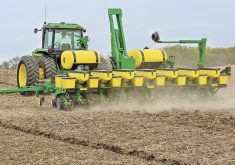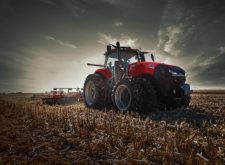Glacier FarmMedia – Research during the past two decades tells corn growers that seed spacing, seed singulation and seed placement are critical factors in extracting top returns from that big input investment.
Why it matters: Accurate seed placement is critical when planting thousands of seeds per hour.
The most important task in any cropping system is to place the seed at the correct spot for the conditions.
Read Also
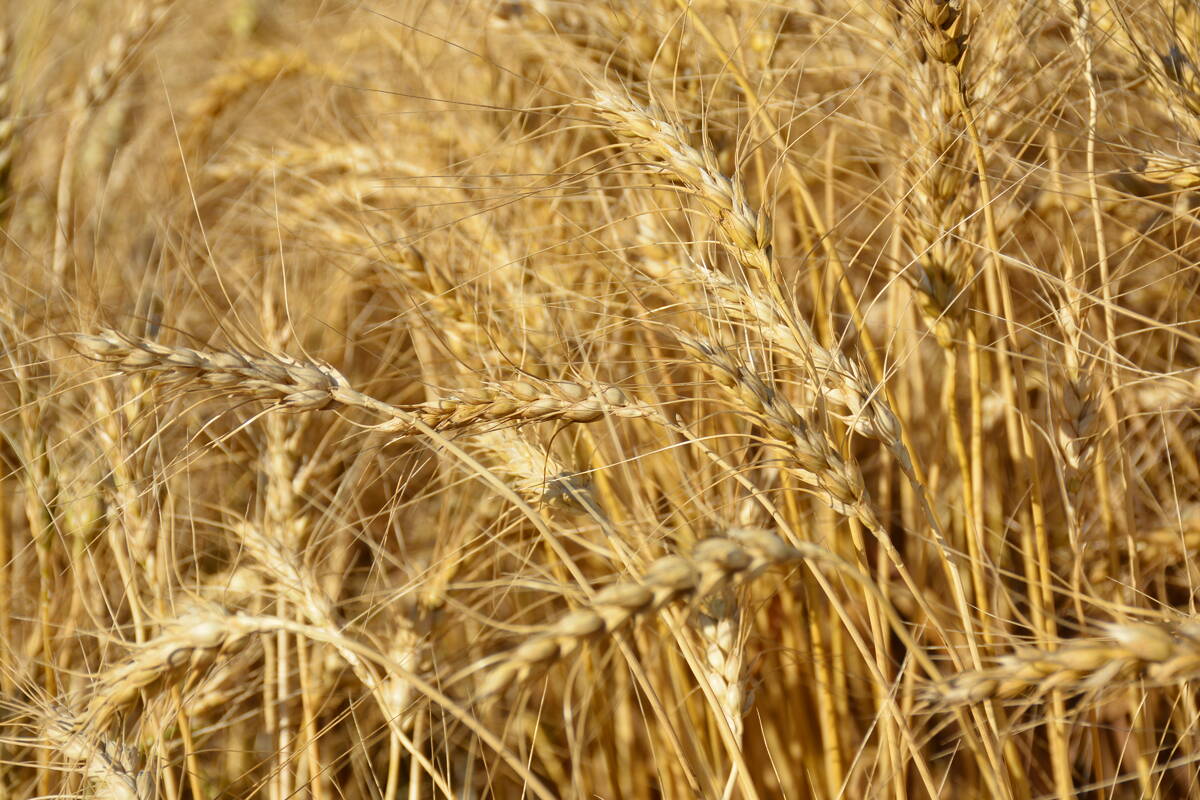
Scientists discover a gene that could triple wheat production
This discovery could give breeders a powerful new tool to boost yields without needing more land, water, or fertilizer.
This task is especially important when high seed prices and big fertilizer dollars are at stake. And there is only one chance to get the spacing right.
For corn growers, it means having each row unit operating at maximum accuracy. If the meter is out of calibration, seed spacing will be out of whack and the crop could suffer from inconsistent height and stage development. The key is diligent meter calibration.
Modern seed meters are designed to run at 98 per cent accuracy or better. However, many only deliver 92 to 97 per cent accuracy, according to Chris Ehman, manager of precision solutions and telematics for Case.
“Those numbers come from the Pontiac Field Study conducted by Precision Planting. The study shows that for every one per cent gain in meter accuracy, you gain one to two bushels yield. That adds up if you’re looking at $5 or $6 per bushel,” he said.
Ehman says meters should be calibrated every year to keep them in that 98 per cent accuracy range. Annual calibration finds worn parts that cannot be compensated for by simple tuning of each row unit.
Ehman says 98 per cent accuracy might seem a minor benefit compared to 92 per cent, but it can have a big impact on yield.
He recommends corn growers have meters calibrated with a Precision Planting MeterMax available at a Case Premier Certified Dealer. Their MeterMax can provide a variety of testing applications:
- population
- test run log
- vacuum
- singulation
- seed information
- seed release index
- loss per acre
He says the process tailors meters to a planter’s seeds, speed, spacing and population.
Ehman says winter is the perfect time to take seeds and meters to a dealer to put the planter on target.
“Even if everything else is perfect the rest of the year, you’re not getting top production if planting isn’t perfect. You make the same investment in seed and fertilizer whether you do a sloppy planting job or a pristine job. For the small cost of calibrating, it doesn’t pay to skip.”
Abe Penner, general manager at LMS Ag Equipment in Morden, Man., says they provide the MeterMax calibration service either in-house or even at the customers yard in some cases.
“This test station is key in getting your row units right. It runs a virtual seed count and a virtual field application. We have adapters to calibrate any brand of meter: Kinzey, White, Deere, Case or any other brand.
“We charge $35 per row unit, which seems like a small price considering how much seed can be wasted in just one run down the field. Plus, it’s a mobile unit. We take it to the farm.”
For years, Precision Planting built parts for Case planters. They weren’t exactly like Precision parts, but they were similar. But now Precision Planting is owned by AGCO.
A used Precision Planting Meter Max Plus Test Stand recently sold for US$1,850 at a dealer in Michigan.
This article was originally published at The Western Producer.



